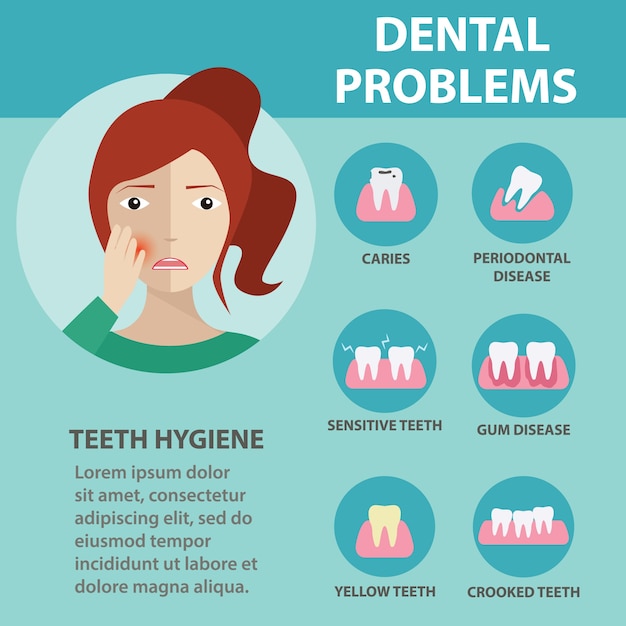Invisalign Vs. Typical Braces: A Thorough Contrast
Invisalign Vs. Typical Braces: A Thorough Contrast
Blog Article
Content Composed By-Russo Pehrson
When faced with the choice between Invisalign and typical braces, you might question which option aligns better with your lifestyle and preferences. The selection involves more than just the aesthetic allure; it looks into variables like therapy duration, comfort, and long-term oral wellness impacts. Take into consideration the effect each option might have on your daily regimen and confidence. As we explore the comprehensive comparison, you'll get understandings into the nuances that make these orthodontic therapies unique and uncover which one might be the much better suitable for you.
Materials and Building
When contrasting Invisalign to conventional dental braces, the materials and building and construction differ significantly. Invisalign contains clear, smooth plastic aligners tailor-made to fit your teeth. These aligners are essentially unnoticeable, making them a prominent selection for those looking for a much more very discreet orthodontic treatment.
On the other hand, typical braces involve metal brackets that are glued to your teeth. These brackets are then connected by cables and rubber bands, applying pressure to slowly change your teeth right into the desired position.
https://how-much-does-a-filling-c28495.wssblogs.com/30290484/analyzing-the-complexities-of-teeth-cleansing-is-essential-for-opening-a-great-smile-explore-important-ideas-and-tricks-here of Invisalign aligners allows for a much more comfy fit compared to typical dental braces. The smooth plastic material lowers irritability to your cheeks and gum tissues, which is a common concern with metal brackets and cords. Additionally, Invisalign aligners are detachable, making it less complicated to clean and floss your teeth with no obstructions.
On the other hand, traditional braces are dealt with onto your teeth, needing added care and time for proper upkeep.
Maintenance and Oral Hygiene
The upkeep and oral hygiene methods differ between Invisalign and traditional braces as a result of their unique layout and building and construction.
With Invisalign, you can eliminate the aligners when consuming or brushing your teeth, allowing you to preserve your regular oral health routine with no blockages. It's critical to brush your teeth after eating prior to placing the aligners back on to protect against food bits from getting trapped and causing decay.
On the other hand, standard braces require additional focus to keep your teeth clean. same day wisdom tooth extraction can quickly get stuck in the brackets and wires, bring about plaque build-up and possible dental caries. You'll need to use special devices like interdental brushes or floss threaders to clean in between the wires and braces effectively.
Regular oral examinations and cleanings are essential to ensure that your oral hygiene remains in top condition while using typical dental braces.
Presence and Appearance
Exposure and aesthetics play a substantial function in the comparison in between Invisalign and conventional braces. When it pertains to look, Invisalign offers a clear advantage over typical dental braces. Invisalign aligners are basically undetectable, making them a popular choice for those who like a more discreet orthodontic therapy alternative.
Unlike the recognizable steel braces and cables of conventional braces, Invisalign aligners are transparent and blend in with your natural teeth, allowing you to smile confidently throughout your therapy.
Conventional dental braces, on the other hand, are extra conspicuous due to their steel elements. While some may select vibrant bands to customize their braces, others may really feel uneasy about the visibility of these orthodontic appliances. The popular appearance of standard dental braces can sometimes impact a person's self-esteem, specifically for adults in specialist settings.
Conclusion
In conclusion, when selecting between Invisalign and typical braces, consider your lifestyle and choices. Invisalign provides a very discreet and comfortable choice with simple maintenance, while traditional braces offer vibrant customization yet may influence self-worth.
Ultimately, the decision should be based on what works best for you in regards to aesthetic appeals, ease, and convenience. Ensure to talk to your orthodontist to identify the most appropriate treatment for your specific needs.
